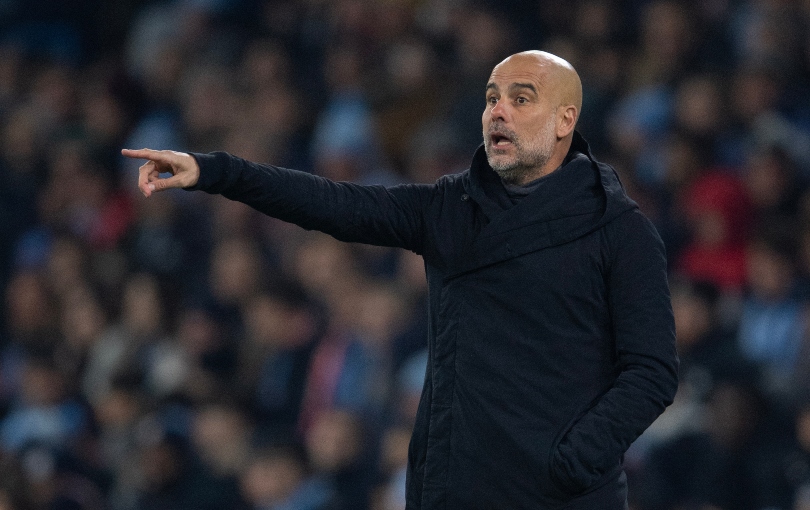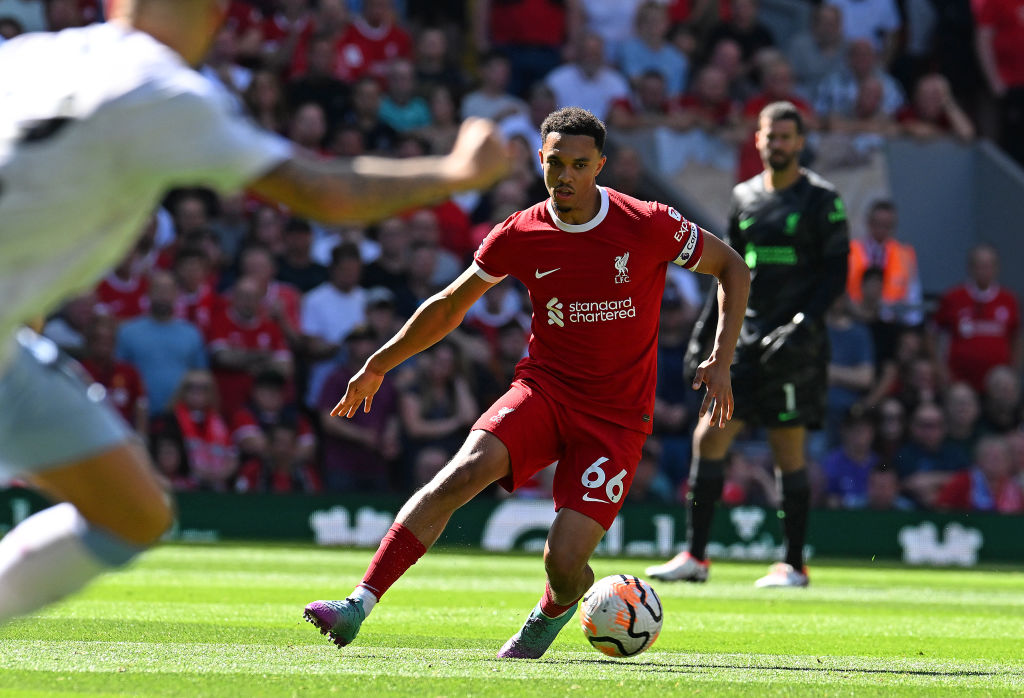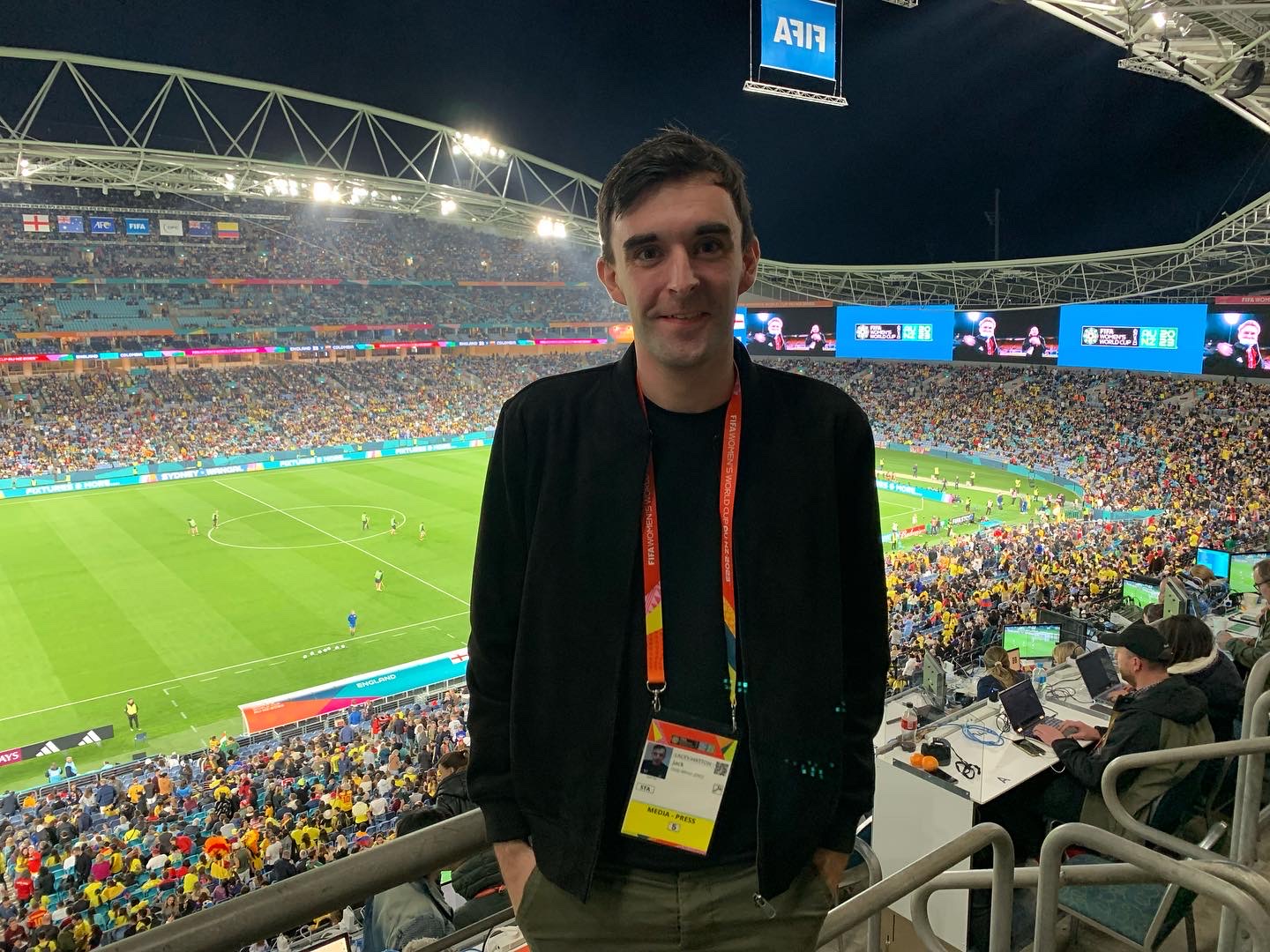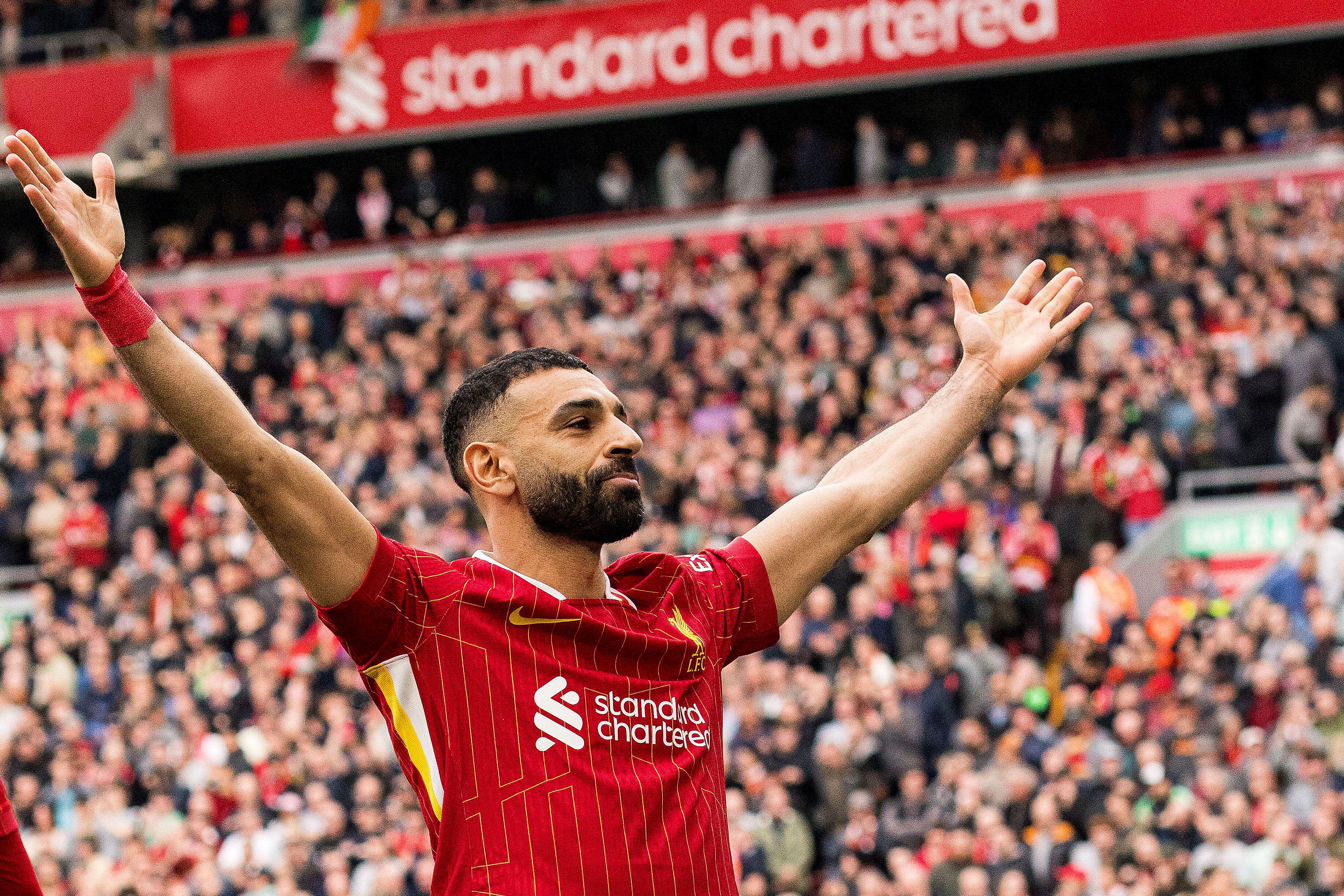The inverted full-back: football tactics explained
What actually is an inverted full-back? Here's your handy tactical explainer
The rise in popularity of the inverted full-back in England has grown hugely. Remember in 2015 when Jamie Carragher gleefully told us on Monday Night Football that "no one wants to be a full-back as a kid, no one wants to grow up and be a Gary Neville"?
Well that was back when full-backs weren't cool. But these days, mainly down to the rise of the inverted full-back, it is very cool to be a Gary Neville or err... (maybe more accurately) a Trent Alexander-Arnold.
But what is inversion when it comes to full-backs? Well, FourFourTwo are here to explain this vital football term – let's get stuck in.

I'm Jack, I've watched football through a tactical lens for over a decade, analysing trends not only at the top of the game, but also how strategies and approaches can be used at amateur level.
I’m also an FA-level 2 qualified coach and have written extensively on tactical analysis for various publications. A lot of my spare time is spent training, playing the game, or settling down to perfect a tactical approach on Football Manager.
What is an inverted full-back?
To debunk a common myth, inverted full-backs aren’t simply full-backs playing on their unnatural side, e.g a left-footed defender deployed at right-back, or vice-versa.
Instead an inverted full-back is a full-back who moves inside into central spaces when their team has possession, well advanced of the centre-backs. In most modern systems they will flank a defensive midfielder, pushing forward towards, or even beyond, the halfway line to receive the ball and play forward.
In the clip above, the left-back inverts into midfield – with the team's 4-3-3 shape resembling something more like a 3-2-2-3.
Once possession is lost, usually the inverted full-back will look to recover to a more traditional wide defensive area as quickly as possible.
Get FourFourTwo Newsletter
The best features, fun and footballing quizzes, straight to your inbox every week.
The basic aim is to help offer teams numerical superiority in the middle of the pitch, particularly when having the majority of possession against teams sitting in a deeper low block, with a more defensive mindset. In turn, this allows the team's midfielders to push higher and receive the ball in dangerous areas.
On a simple level, inverted full-backs are useful to teams looking to control – with a box midfield usually formed from an inverted full-back, a no.6 and to no.8s higher up.
Why use inverted full-backs?

Upon moving to the transition-heavy Bundesliga, Pep Guardiola wanted his Bayern Munich team to sustain pressure in the final third without the fear of being countered.
The Catalan boss moved away from a regista-like midfielder to encourage his centre-backs and goalkeeper to have more emphasis in buildup, in the face of a high press. With Philipp Lahm and David Alaba technically blessed full-backs, the pair of them tucked into midfield to not just assist in buildup – but to pack out midfield in a 2-3-5 shape in case of a counter-attack.
This shape gave Bayern three excellent ball players who were natural defenders in the second line of their buildup, supplying what was essentially a front five: like having three no.6s able to dictate play and suffocate the opposition. Opposing managers were then left with the conundrum: how do cope with the central overload, without leaving Arjen Robben and Franck Ribery isolated with your own full-backs?
Who uses inverted full-backs?

The short answer is that quite a lot of managers have at least used a variation of the system.
Guardiola is widely credited with bringing inverted full-backs back into modern-day tactics, however, like with most tactical innovations, Johan Cruyff had already used them years before at Barcelona. At times, Pep has inverted both of his full-backs, but occasionally during his Manchester City tenure, the Catalan has deployed just one rather than two, with the other full-back sitting in a more traditional spot alongside the centre-halves.
It is also worth noting that although City adopted the system in Guardiola’s very first Premier League fixture, a narrow 2-1 win against Sunderland, they struggled to create chances. Possibly because the two full-backs in question, Gael Clichy and Bacary Sagna, were not at the peak of their powers and struggled to cope with the role’s challenging physical demands.
Former Athletic and Leeds boss Marcelo Bielsa also utilised a version of the system, when taking Chile to the last 16 of the 2010 World Cup, while Roberto De Zerbi and Ange Postecoglou were already fans of the tactic before leaving a mark on the Premier League. Meanwhile, Mikel Arteta’s adoption of the system at Arsenal, is interesting in that it is perhaps more of a defensive ploy than an attacking one.
While the vast majority of inverted full-backs tuck in alongside a defensive midfielder, there are cases of inverted midfielders inverted higher up the pitch. Joao Cancelo at Manchester City would invert from left-back to be one of the team's most prolific playmakers in the final third, while teams like Arsenal, Girona and Liverpool have all shown positional fluidity to have a left-sided no.8, winger and full-back all taking up different areas down the flank and half-space depending on who's where.
The Spaniard placed a real emphasis on Ben White and Oleksandr Zinchenko sitting narrowly inside, to create a more structured shape when his team have the ball. Even when Arsenal lose the ball one of the pair tends to stay narrow, to ensure the opposition doesn’t have an easy counter-attacking opportunity, with no one protecting the last line of defence.
Trent Alexander-Arnold's gradual move infield is also a result of Jurgen Klopp utilising the tactic at Liverpool. When the academy graduate first broke into the team he would normally stay wide, in an attempt to try and overlap the inside forwards. In Klopp's final Anfield season, he would pick up possession close to the centre circle, sometimes between the centre-backs.
What are the disadvantages of using inverted full-backs?

Plenty of teams have found that inverted full-backs provide a numerical advantage in build-up – but what about further forward? Without overlapping full-backs, touchline wingers can become isolated.
And before your Sunday League team attempts to tactically embed a revolutionary 2-3-5 in-possession system, complete with inverted full-backs, you may want to stop and think. Are those selected in the roles truly excellent footballers? If your full-back is a no-nonsense defender whose primary concern is stopping the opposition wingers, having him or her on the halfway line trying to link play probably isn’t the way to go.
Inverted full-backs also have to be agile enough to quickly return to their wide defensive position when the opposing team attacks. This is actually an incredibly underrated skill. After all, not many of us have Kyle Walker’s recovery speed and without that level of athleticism, it isn’t easy to stay defensively solid. If either full-back is unable to still effectively defend their flank, a team employing this tactic could quickly become overrun down the channels.
When it's played well though, this tactic can be used to devastating effect. It also shows that defenders can be composed and technically excellent on the ball. Maybe the next generation will want to be Gary Nevilles after all?

Jack has worked as a sports reporter full-time since 2021. He previously worked as the Chief Women’s Football Writer at the Mirror, covering the England Women’s national team and the Women’s Super League. Jack has reported on a number of major sporting events in recent years including the 2023 FIFA Women’s World Cup on the ground in Australia. When not writing on football, he can often be spotted playing the game somewhere in west London.
- Mark WhiteContent Editor

